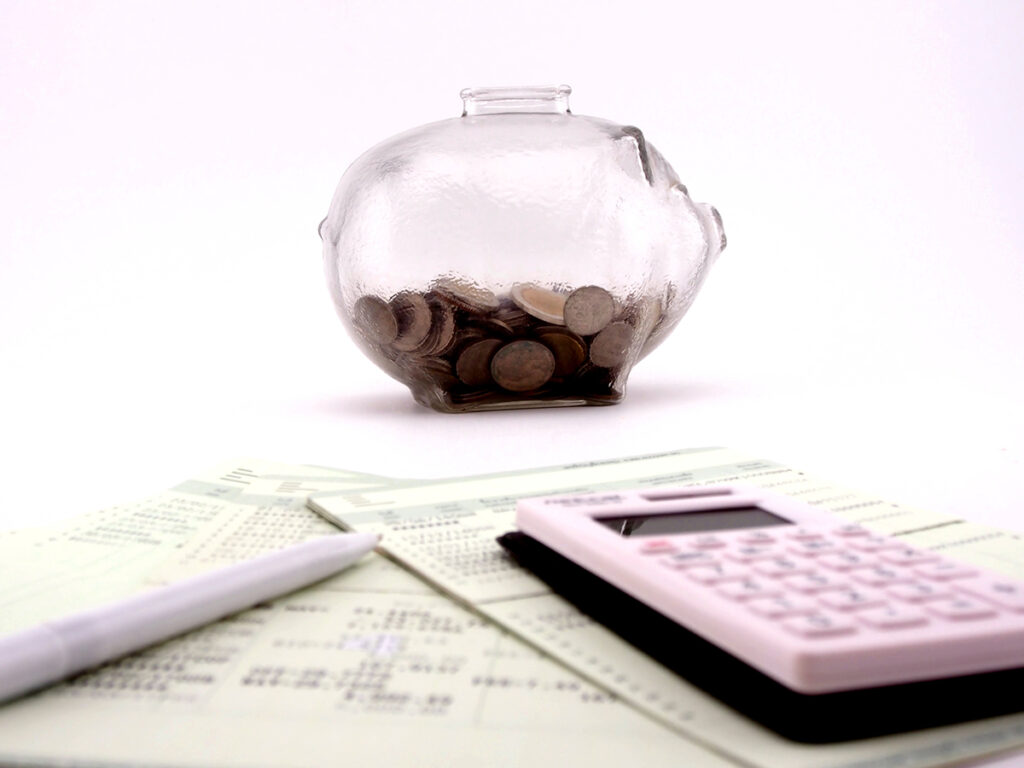Before making a big purchase, no matter what it is, doing due diligence and really looking at and understanding what something will cost may save you quite a bit of money in the long run. For things like large pieces of equipment, including pumps, knowing the total lifecycle cost prior to purchase is extremely important for that very reason.
What is Lifecycle Cost and How Does it Relate to Pumps?
Lifecycle cost is the total ‘lifetime’ cost to purchase, install, operate, maintain, and dispose of a piece of equipment. Pumps generally do not stand on their own. Although they may be purchased separately, they are usually integrated into a larger system and only operate when they are a part of that system. Both the energy and materials used by a system depend on the design of the pump, the design of the installation and the way a system is operated. Each of these factors are inter-related and depend on one another. Therefore, each must be carefully considered, researched, and matched to ensure the lowest energy and maintenance costs over the life of the equipment.
Considering Lifecycle Cost Helps to Save Money
A common pitfall when buying new or replacing equipment is not considering the lifecycle cost. Comparing two or three items and choosing the one that has the lowest initial cost might not be the best long-term financial decision. Inexpensive at the time of purchase, doesn’t equal no bills later on. As a matter of fact, that couldn’t be the furthest thing from the truth.
Why You Should Care About Lifecycle Costs

It is in the best interest of a company if the plant engineer and plant manager take the time to evaluate the lifecycle cost and different options for a system before installing any new equipment or completely overhauling existing equipment. This type of evaluation will help identify the most financially sound solution.
How to Determine What is Best for Your Company
Lifecycle cost analysis, whether it is for a new facility or renovations to an existing one, requires looking at the lifetime energy and/or maintenance costs that will dominate the lifecycle costs. With that said, it is important to accurately determine the cost of energy being used, the expected annual energy price increase for the estimated life of your system, along with expected maintenance labor and material costs. Other factors to consider include lifetime costs of downtime, decommissioning, and environmental protection. All of which can be estimated based on historical data.
The process of analyzing lifecycle costs is a way to predict the most cost-effective solution for your company. It does not guarantee a particular result but allows the plant manager and engineers to make an educated comparison when deciding what equipment to purchase to put together into a system.
The Importance of the Right Equipment When Creating a Pumping System Design
Having the proper pumping system design is the most important thing in minimizing lifecycle costs. All pumping systems, no matter what they are, are comprised of a pump, a driver, pipe installation and operating controls. Proper design will consider each of these elements along with the pump itself. Having a pump that needs little to no maintenance, like PVP’s Double Disc Pump, automatically lowers your lifecycle cost. There are few moving parts with very little wear and tear.
Maintenance is also a major factor. A pump that can be maintained in place versus needing to be sent back to the manufacturer for repair can save on labor and materials as well as facility downtime.
Knowing what to consider, including all relevant costs over time, like operational costs and procurement costs, as well as matching the equipment to the system needs for maximum benefit and intended duty, without out oversizing the pump, should help set you on your way of determining the lifecycle cost of your system and helping you choose which pump and other pieces of equipment are right for your application.
